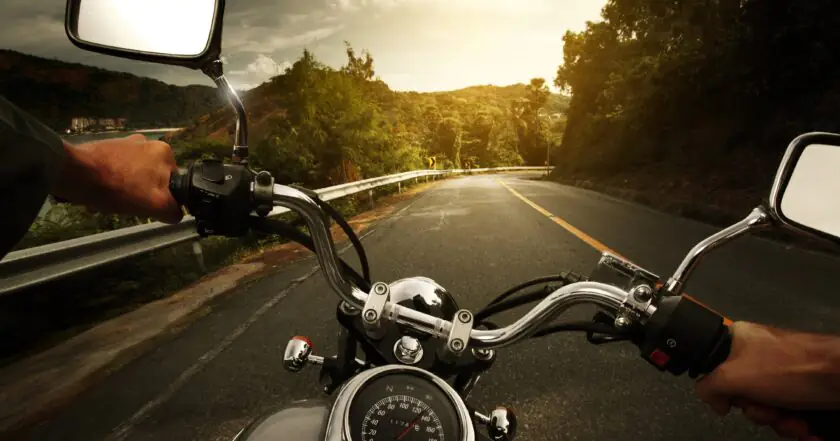First, moving a motorcycle carefully is absolutely important for maintaining its condition and guaranteeing it reaches its destination undamaged. Knowing the proper procedures and safety measures is absolutely crucial, whether you are relocating, going to a protest, or delivering a bicycle to a customer. A full manual on guaranteeing secure motorcycle transportation is given in this post.
Selecting the Right Transportation Mode:
Open Trailer: Ideal for rather short trips, an inexpensive alternative. This does expose the bike to road debris and weather.
Enclosed trailer: provides top safety from natural elements and safety threats. Great for distance runs and valuable bikes.
Pickup trucks are a fast answer to small scale shipping needs. Securing will help avoid damage and limit perturbation. For expert services, consider using Motorrad Transport to secure and manage your motorcycle’s journey efficiently.
Planning for the motorcycle:
Clean first your bike then the motorcycle. Beyond stopping dust from being abrasive throughout transit, this also helps to find any present problems for documentation before the shipping.
Battery and Fluids Check: Make sure all fluids are at normal levels and think about disconnecting the battery if the motorcycle will not be used for an extended period.
Examine the mechanical components to see everything is in good working order and inspect the tires for correct inflation.
Securing the Bike:
Selecting the Proper TieDowns: Use good straps, preferably ratchets, since they offer improved tensioning and power. As they tend to stretch too much, like bungee cords, avoid them as they could slacken during trip.
Use a loading ramp to load the motorbike onto a truck or trailer. Make sure the ramp is tightly connected to the car so as to avoid slippage.
Tie down points: Four in front and two at the rear; fasten the bike securely. Fasten the straps to rigid elements of the bicycle; the handlebars or the frame. Slightly reduce movement by compressing the suspension.
Protecting and covering for the motorcycle:
Inside a enclosed trailer, a cover will still help to keep the motorcycle free of dust and scratches.
Apply padding around the bike, concentrating on protruding components like lights and mirrors to keep them from striking the walls of the trailer.
Transportation Concerns:
Insurance: Check if damage coverage is included in your means of moving. If not, think of buying extra transit insurance to take care of any possible accidents.
Weather and Route Planning: Verify the weather forecast for the transport day. Hard rain, snow, or extreme temperatures can all have an influence on the trip. Plan the route so as to bypass bumpy roads that may cause the motorcycle to boom vastly.
When someone reaches
Upon arrival, evaluation the motorcycle for any transport related damages right away. Check the state of the bike as seen from the pictures and documents captured before the transportation.
Before riding the motorbike, especially if it has been on the road for a long time, do a fast maintenance check to guarantee everything is working properly.
Legal and documentation points:
Keep a file of all correspondence with the transportation company as well as contracts and insurance policies connected with the transport.
Regulatory Compliance: Make sure that any state or federal laws concerning motorcycle transport are followed; these differ by trip.
Conclusion:
Inadequate planning, proper tools, and close attention to detail are needed for safe motorcycle transportation. Adhering the listed instructions—from choosing the right mode of transportation to doing post arrival inspections—will help guarantee your motorcycle arrives exactly as it has left. Remember that spending time and money on the correct bike transportation not only preserves your investment but also gives peace of mind while traveling.
